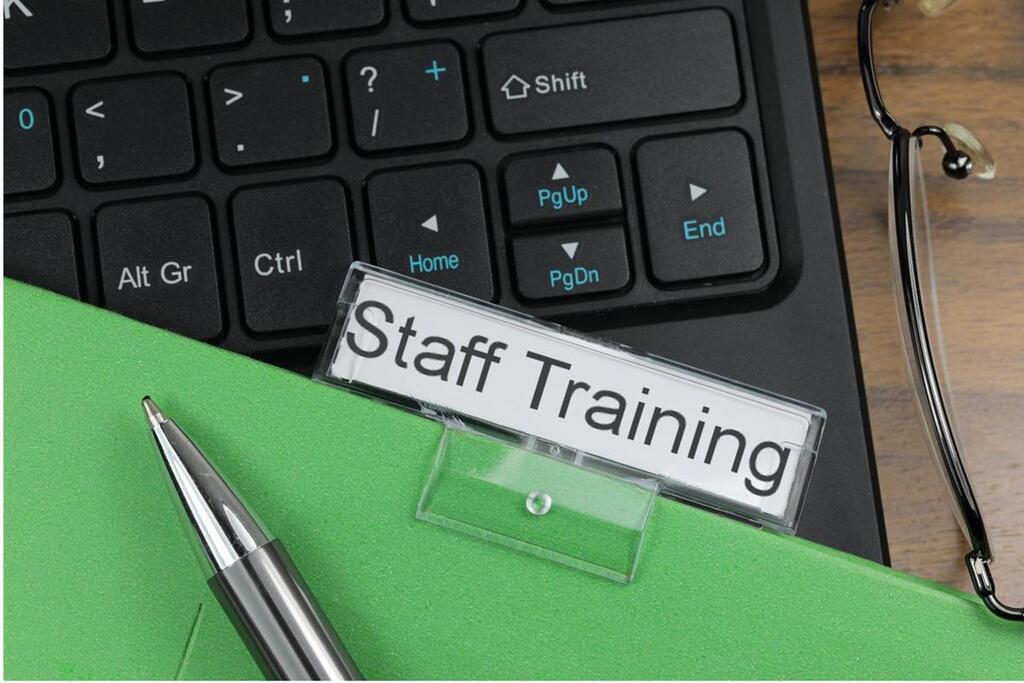When it comes to hiring staff for a horticulture, nursery, or landscape business, it’s important to have a well-structured onboarding process in place. Not only does this help to ensure that new hires are properly trained and equipped to do their job, but it also helps to reduce turnover and improve employee satisfaction. In this article, we’ll be discussing some key tips for creating a successful onboarding process for staff in the horticulture, nursery, and landscape industry.
Step 1: Define the Onboarding Process
The first step in creating a successful onboarding process is to define exactly what it will involve. Create a clear outline of the tasks for new hires to complete, as well as a timeline for completing them. Some tasks that you may want to include in your onboarding process include:
- Completing paperwork and background checks
- Attending orientation and training sessions
- Meeting with key staff members and learning about company culture
- Learning about company policies and procedures

Training is an important part of onboarding new staff. Image source
Step 2: Create a Training Plan
Your training plan is a process that gives new hires the skills, knowledge and behaviours that they need to thrive in your workplace. It should include detailed information on the training that they’ll need to complete, as well as the timeline for completing it. Some key things to consider when creating a training plan include:
- The skills and knowledge that new hires will need to perform their job effectively and safely
- The best way to deliver training (e.g. online, in-person, or a combination of both)
- The resources that will be required to deliver training (e.g. training materials, equipment, etc.)
Step 3: Incorporate Technology
Technology can play a big role in streamlining the onboarding process. By incorporating tools such as electronic forms, online training modules, and mobile apps, you can make it easier for new hires to complete tasks and access information.
Additionally, you can use technology to automate certain aspects of the onboarding process, such as sending out reminders, tracking progress, and collecting feedback.
Step 4: Establish a Clear Career Path
By providing new hires with a clear understanding of the opportunities available to them, you can help retain them long-term. This can include things like further training programs, professional development opportunities, and career advancement opportunities.
Step 5: Communicate Expectations
It’s important to communicate expectations to new hires early in the onboarding process. This includes things like company policies and procedures, as well as performance expectations. This will help to ensure that new hires understand exactly what’s expected of them to do to be successful in their role.
Step 6: Encourage Communication and Feedback
Encouraging communication and feedback is crucial for the success of your onboarding process. By fostering an environment where new hires feel comfortable asking questions and providing feedback, they can get the support they need to succeed.
Regular check-ins with new hires, as well as surveys and questionnaires, can also be useful in gathering feedback and addressing any concerns or issues that may arise during the onboarding process.
Step 7: Provide Ongoing Support
Onboarding doesn’t end when new hires complete their initial training. It’s important to provide ongoing support to ensure that they’re able to perform their job effectively. This can include things like regular check-ins, additional training, and access to resources and tools.
Step 8: Measure Success
Finally, it’s important to measure the success of your onboarding process. This can be done by tracking metrics such as turnover rate, employee satisfaction, and productivity. By measuring the success of your onboarding process, you’ll be able to identify areas for improvement and make changes as needed.
Conclusion
Creating a successful onboarding process for staff is essential for the long-term success of your horticulture, nursery or landscape business. By following the steps outlined in this article, you’ll be able to ensure that new hires are properly trained, equipped, and supported to perform their job effectively.
If you have open positions, make sure to post them on the green industry job board, Hort People to attract the best talent in the Australian green industry.
